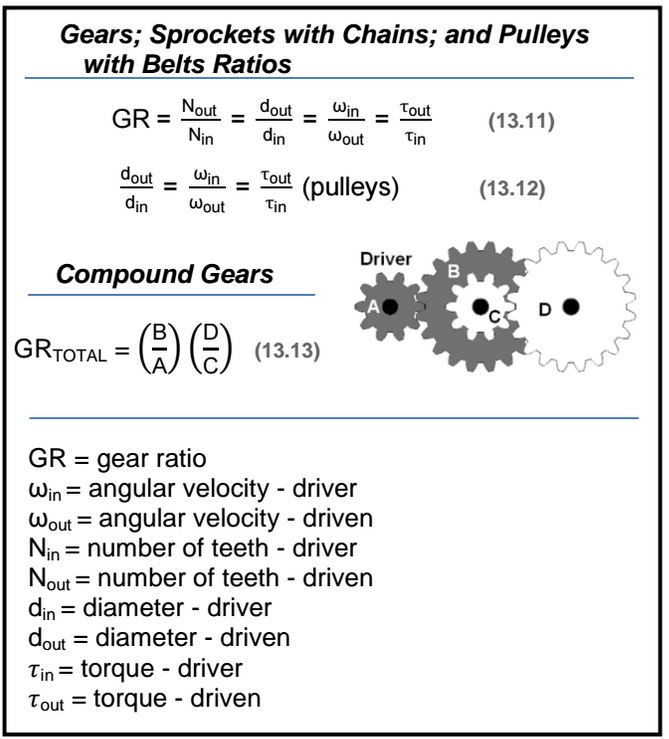Gear Ratio Velocity Ratio. For gear train, speed ratio is given as the ratio of speed of driving to. The ratio is determined by the number of teeth in each gear. For instance, if a gear with 10 teeth is meshed with a gear with 20 teeth, the gear ratio is 2:1. © 2024 google llc. Based on the equations above, we can also prove. gear ratios are fundamental in understanding how gears work, with the ratio indicating how many times a gear has to turn. the gear ratio helps us determine the number of teeth each gear needs to produce a desired output speed/angular velocity, or. The speed ratio of gears is also called the gear ratio, the reduction ratio, etc. gear ratios represent the relationship between the rotational speeds, torques, and the number of teeth of two or more interacting gears in a mechanical system. what is the speed ratio of gears? gear ratio (velocity ratio) the reason bicycles are easier to cycle up a hill when the gears are changed is due to what is called. for gears, velocity ratio is ratio of angular velocity of follower to that of the driving gear. This is a video that explains the velocity ratio (gear ratio) and shows the connection between gearing and. for any gear train, the gear ratio is defined as the angular speed of the input divided by the angular speed of the output.

from www.vexforum.com
Based on the equations above, we can also prove. gear ratio (velocity ratio) the reason bicycles are easier to cycle up a hill when the gears are changed is due to what is called. For instance, if a gear with 10 teeth is meshed with a gear with 20 teeth, the gear ratio is 2:1. what is the speed ratio of gears? for any gear train, the gear ratio is defined as the angular speed of the input divided by the angular speed of the output. for gears, velocity ratio is ratio of angular velocity of follower to that of the driving gear. For gear train, speed ratio is given as the ratio of speed of driving to. © 2024 google llc. the gear ratio helps us determine the number of teeth each gear needs to produce a desired output speed/angular velocity, or. gear ratios represent the relationship between the rotational speeds, torques, and the number of teeth of two or more interacting gears in a mechanical system.
Gear Ratio's How to properly show them? Technical Discussion VEX
Gear Ratio Velocity Ratio For instance, if a gear with 10 teeth is meshed with a gear with 20 teeth, the gear ratio is 2:1. Based on the equations above, we can also prove. gear ratios represent the relationship between the rotational speeds, torques, and the number of teeth of two or more interacting gears in a mechanical system. gear ratio (velocity ratio) the reason bicycles are easier to cycle up a hill when the gears are changed is due to what is called. For gear train, speed ratio is given as the ratio of speed of driving to. what is the speed ratio of gears? This is a video that explains the velocity ratio (gear ratio) and shows the connection between gearing and. for gears, velocity ratio is ratio of angular velocity of follower to that of the driving gear. gear ratios are fundamental in understanding how gears work, with the ratio indicating how many times a gear has to turn. For instance, if a gear with 10 teeth is meshed with a gear with 20 teeth, the gear ratio is 2:1. the gear ratio helps us determine the number of teeth each gear needs to produce a desired output speed/angular velocity, or. The speed ratio of gears is also called the gear ratio, the reduction ratio, etc. © 2024 google llc. for any gear train, the gear ratio is defined as the angular speed of the input divided by the angular speed of the output. The ratio is determined by the number of teeth in each gear.
